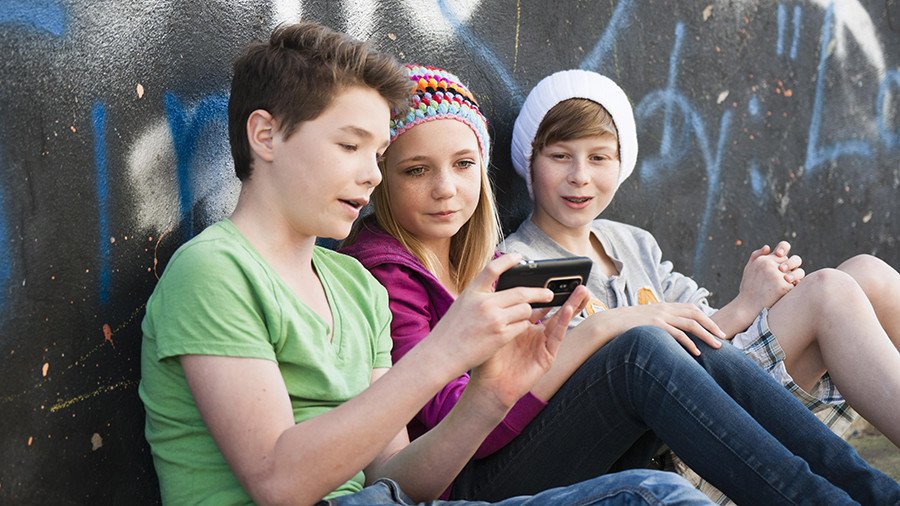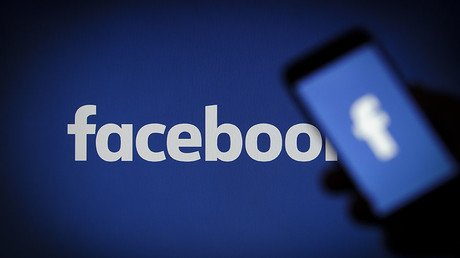Degeneration App: Never being offline is a double-edged sword

Social networking sites have embedded themselves into our daily existence, brought our private lives closer together, and changed the way in which we communicate and interact. But are they a force for good or ill?
My grandparents announced major life events and kept in touch with family and friends through letters and face to face contact. My parents had access to landline telephones which they used to contact friends, arrange parties and share the latest gossip at a speed with which the previous generation was unfamiliar. Such modes of communication appear archaic and unfashionable when compared with Facebook, Twitter, Instagram and the many other social media platforms that nowadays enable an individual to willingly, or otherwise, share every detail of their lives with friends and strangers. As a teenager I had at my fingertips the tools to instantly communicate with friends, family and even strangers anywhere in the world via chatrooms, Skype and Yahoo messenger.
The world’s first social media network Six Degrees appeared in 1997 and allowed users to create a profile, view other people’s profiles, organize groups, send messages and see how closely associated they were with other site users according to the six degrees of separation theory. At its peak, in the days before internet use became widespread, Six Degrees had 3.5 million users.
The next few years witnessed the birth of blogging and websites like MySpace, where users could post photos and videos of themselves, alongside information about their interests or musical tastes, and communicate with both friends and faceless strangers who might stumble across their profile. MySpace was ranked the world’s largest social networking site from 2005 until it was dethroned by Facebook in 2008.
Facebook, nowadays the most popular social networking site, claims over 2 billion people use it at least once a month, with 1.3 billion of these being daily users. Other popular social media sites, such as Twitter, Instagram and Google+, report having hundreds of millions of users. Today there are dozens of social networking sites each with their own unique features that allow users to publicize themselves, contact friends old and new, and connect with like-minded individuals anywhere in the world. Last year an estimated 2.46 billion people around the world used at least one of these sites. The number is predicted to rise to over 3 billion by 2021.
In the decade since social networking sites propelled themselves into the lives of over a third of the world’s population, and altered how many people interact with each other, it’s reasonable to ask whether they are a force for good or ill, or both.
Social networking has allowed activists across the political and religious spectrums to connect with like-minded ideologists and sympathizers around the globe to discuss issues close to their hearts, tweet out the latest news before the mainstream media arrives on the scene, arrange campaigns, and even organize large-scale protests at short notice. On occasion governments and police forces have been caught on the back foot when activists have used social media to simultaneously mobilize millions across multiple locations, as was the case with the global Occupy Movement and the Arab Spring. Protest leaders can also hide their identities behind social media, or even organize campaigns from abroad, making it near impossible for authorities to launch a pre-emptive crackdown to arrest a movement’s leaders, as might have been possible in the past.
Facebook, Twitter and YouTube appear to empower people to take action against injustice and in some ways make traditional media obsolete, as any ‘citizen journalist’ can now post a picture, video or tweet seconds after a major event occurs and long before the traditional journalists arrive on the scene. However, swiftly arranged actions or breaking news tweets can also be used by a variety of NGOs, special interest groups and even terrorists to get a distorted or outright deceitful message out before the truth can be reported. As social networks are now a form of media, reports and stories are disseminated faster than they can be verified. For instance, throughout the conflict in Syria a number of human rights groups and their media allies invested much time and money to disseminate reports about chemical weapon attacks, massacres, and rescues which although initially provoked shock and disgust later, once the emotion had passed and people were no longer interested, turned out to be unverified, open to challenge or simply misinformation.
Concerns have also been raised about the effects of social networking upon children and teenagers. A 2015 report by the UK’s Office for National Statistics revealed that around 27 percent of children aged 10-15 who used social media websites for over three hours before or after school scored highly on a test which, in concert with other factors, is a predictor of mental ill health, compared with 11 percent of those spending less than three hours a day on these sites and 12 percent of those who did not use social media on a school day. In the UK 91 percent of 16-24 year olds reportedly use social media, compared with 51 percent of people aged 55-64 and 23 percent of those 65 and over.
The UK based Royal Society for Public Health (RSPH) published a report in 2017 detailing some of the positive aspects of social networking. The report mentioned that such sites “can promote a sense of community and facilitate the provision of emotional support” amongst young people. It described how social networking sites can be beneficial in providing access to other adolescents’ experiences, allowing young people to discuss problems with peers and gain support during challenging times, as well as giving them the opportunity to express themselves and develop an identity. The report also highlighted the link between night-time use of social networking sites and poor sleep, the addictive potential of these sites, the concurrent growth in cyber-bullying, as well as research showing that heavy users were more prone to develop symptoms of anxiety and depression as well as body image issues. Instagram was deemed to have the greatest detrimental effects amongst the five popular social media platforms the report considers.
Social networks give anyone the opportunity to disseminate malicious rumors, widely share unsolicited photographs and videos, or send abusive messages. A private picture sent to a friend turned foe, or partner turned disgruntled ex, can rapidly find its way onto the web to be viewed by millions. Whereas in the past bullying might have ended with the school day, it can now continue online at all hours, during the weekends and holidays. For many teenagers and young people, social media is a crucial way of staying in touch with their friends and the idea of abandoning it due to harassment may seem akin to social suicide. Teenagers may also develop low self-esteem or a Fear of Missing out (FOMO) as they see their friends posting countless photos of what looks like a great party or a fancy holiday and start feeling that their lives pale in comparison. Adults can also be vulnerable in this regard; studies have reported associations between increased Facebook usage amongst young adults in the US and a subjective reduction in life satisfaction as well as an association between high levels of social media use and increased depression. People of all ages do of course exaggerate the details of everyday life, both on and off social media, and will tend to post only the most flattering photos or discuss and embellish only the most positive aspects of their lives, putting pressure on their friends to keep up with the Joneses of the social networking world.
The statements, views and opinions expressed in this column are solely those of the author and do not necessarily represent those of RT.


















